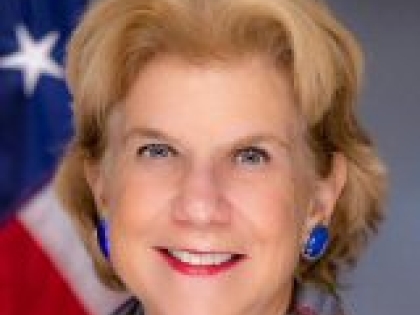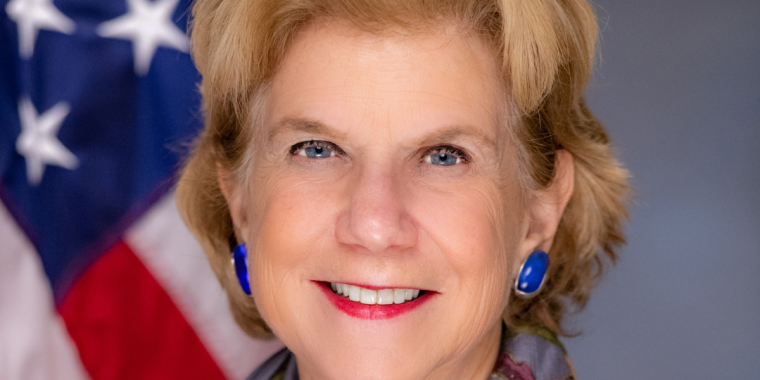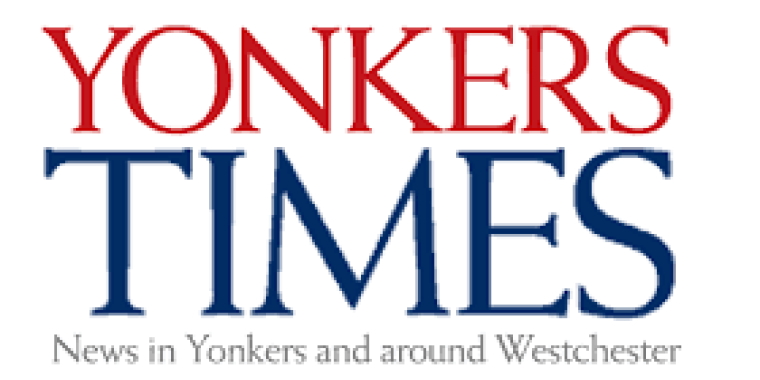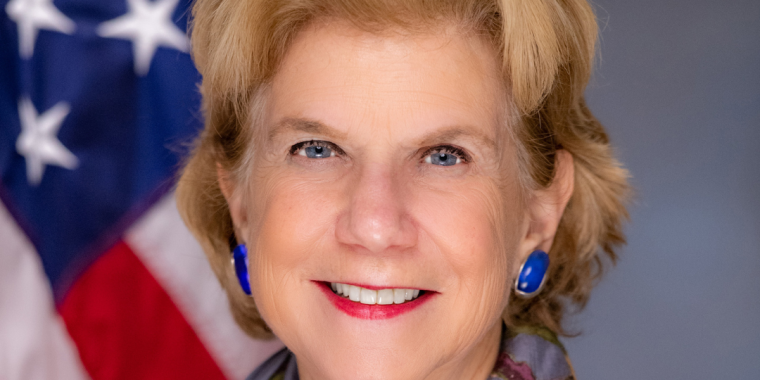
NY CDPAP transition was necessary. Results prove it | Opinion

For hundreds of thousands of New Yorkers with disabilities, chronic illnesses or other long-term health conditions, the Consumer Directed Personal Assistance Program is a lifeline. It allows them to maintain dignity and autonomy by enabling them to employ trusted loved ones as personal assistants, or PAs, to provide at-home care. But up until this year, this crucial program was incredibly fraught.
CDPAP was previously overseen by more than 600 fiscal intermediaries, or FIs, across the state. These are the entities that ensure PAs get paid for the critical care they provide. And while some FIs did this well, others did not. Quality standards were inconsistent across FIs and often did not meet the level that consumers and caregivers deserve.
Of course, no transition at this scale and on this timeline is without hiccups, but it has been unfortunate to watch those who were unhappy about the move to a single FI model take advantage of the opportunity to spread misinformation. This effort has confused and harmed many of the exact individuals we should all be seeking to support and who depend on CDPAP for their health care and livelihoods.
As the founder and CEO of Burd Home Health — a CDPAP FI prior to the transition and current facilitator for the program — I can confidently say that since Public Partnerships LLC became the statewide FI, our experience navigating the system has improved tremendously. At the end of the day, having a single, competent organization at the center of a large-scale, complex system that hundreds of thousands of New Yorkers rely on is providing more clarity, accountability and integrity to all CDPAP stakeholders.
Under PPL’s leadership, we’ve been set up to deliver an even higher standard of care for New Yorkers. In our role as a regional facilitator, we offer tailored support to CDPAP PAs and consumers in many of their native languages, including Spanish, Mandarin and Bangla. We empower our customer service representatives to take the time needed to fully resolve concerns, while keeping hold times to under 45 seconds. And if phone calls aren’t a preferred method of communication, we’re reachable via SMS, email, chat or even in person.
For years, the quality care we offer at Burd Home Health has earned us a 4.9+ Google rating, which we are proud to maintain today. Now that New York State has made the much-needed transition to a single FI to oversee CDPAP, our efforts have already felt less strained, and the results speak for themselves. The centralized controls that PPL has implemented — from creating a unique identification for each PA to enforcing Electronic Visit Verification and providing clarity on program rules — have vastly enhanced the CDPAP system. In fact, we have already seen an 82 percent boost in EVV compliance through PPL’s Time4Care app — much higher than has ever been previously reported in New York.
These results matter. They are reflective of a system that’s working in favor of the people it’s meant to serve. This stands in stark contrast to the previous CDPAP system, which was plagued by fraud, waste and abuse, and placed an unsustainable burden on taxpayers. Some FIs were making more than $1,000 per member per month to administer care. Under PPL, this rate has dropped to $68.50, saving the state hundreds of millions in administrative fees alone.
Additionally, through clear and consistent communication with consumers, PAs, and facilitators alike, PPL has demonstrated and delivered on its commitment to transparency, accountability and continued improvement of the program. PPL has also enhanced program benefits for PAs; guaranteed health assessments and immunizations were not previously offered by all FIs. It’s no wonder that a recent survey of more than 52,000 PAs and consumers indicated high satisfaction with PPL.
By establishing a renewed focus on consumer direction, the organization is restoring the original spirit and intent of CDPAP. Change is never perfect, but the transition to a single FI has been a welcome improvement to an essential health care system. With a true partner in PPL, we at Burd Home Health are eager to continue doing what we do best: operating a successful service model built on reliability, accessibility and personalized support.
I encourage those who continue to criticize the transition to instead focus on the experiences of PAs, consumers and facilitators, the vast majority of whom feel strongly that we are moving in the right direction. Together, we are creating a better and more sustainable CDPAP for all who rely on it.



